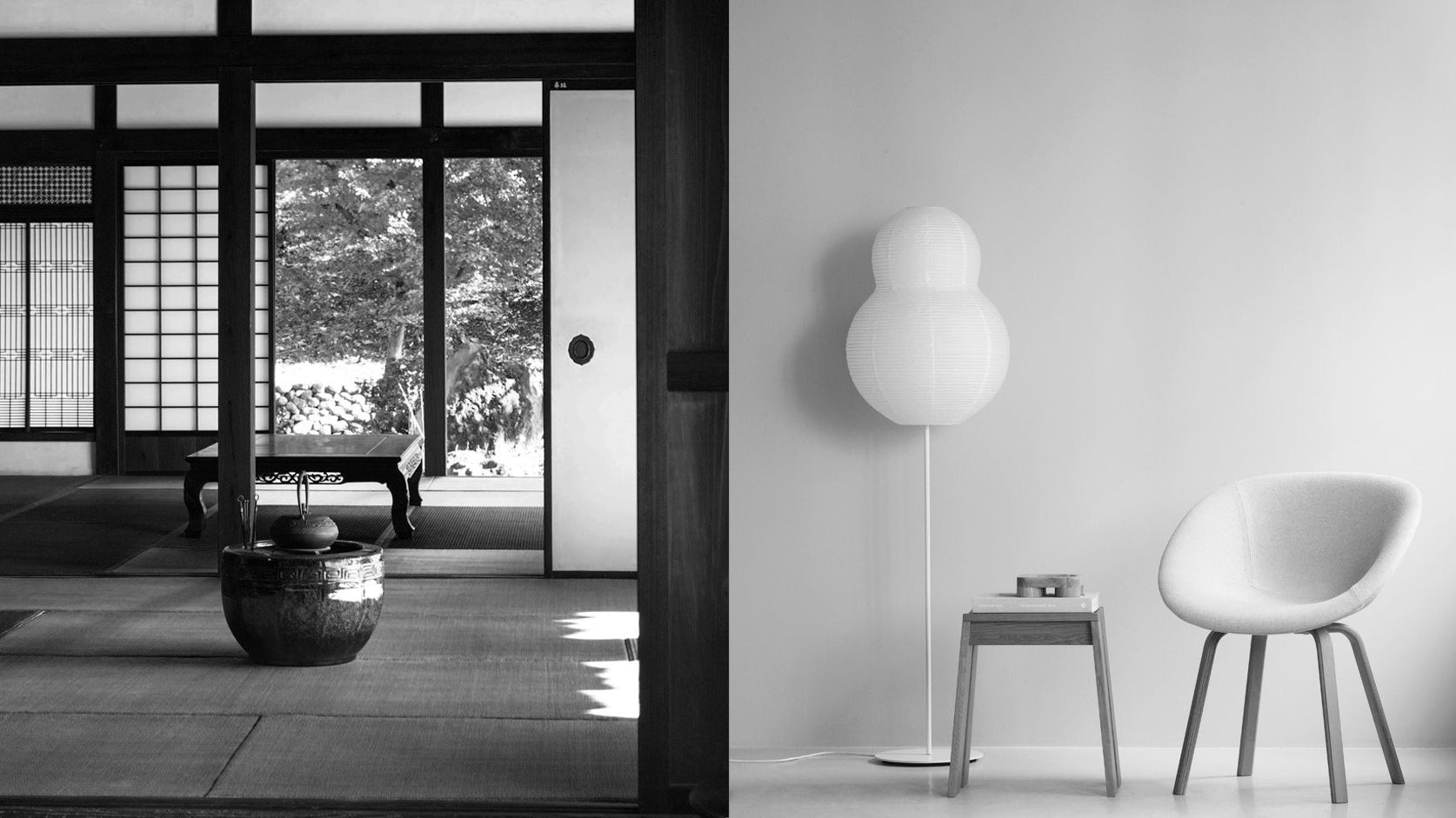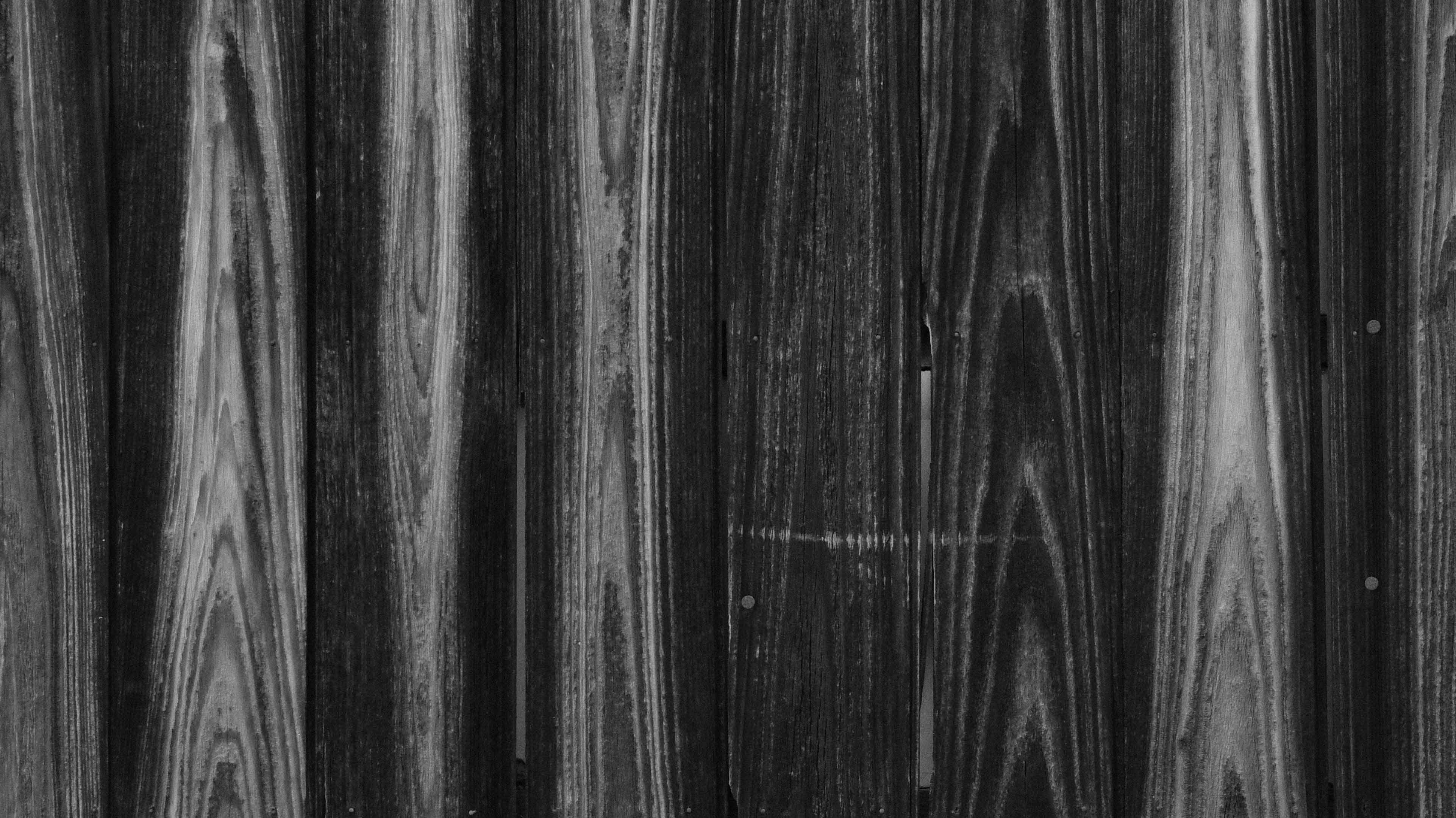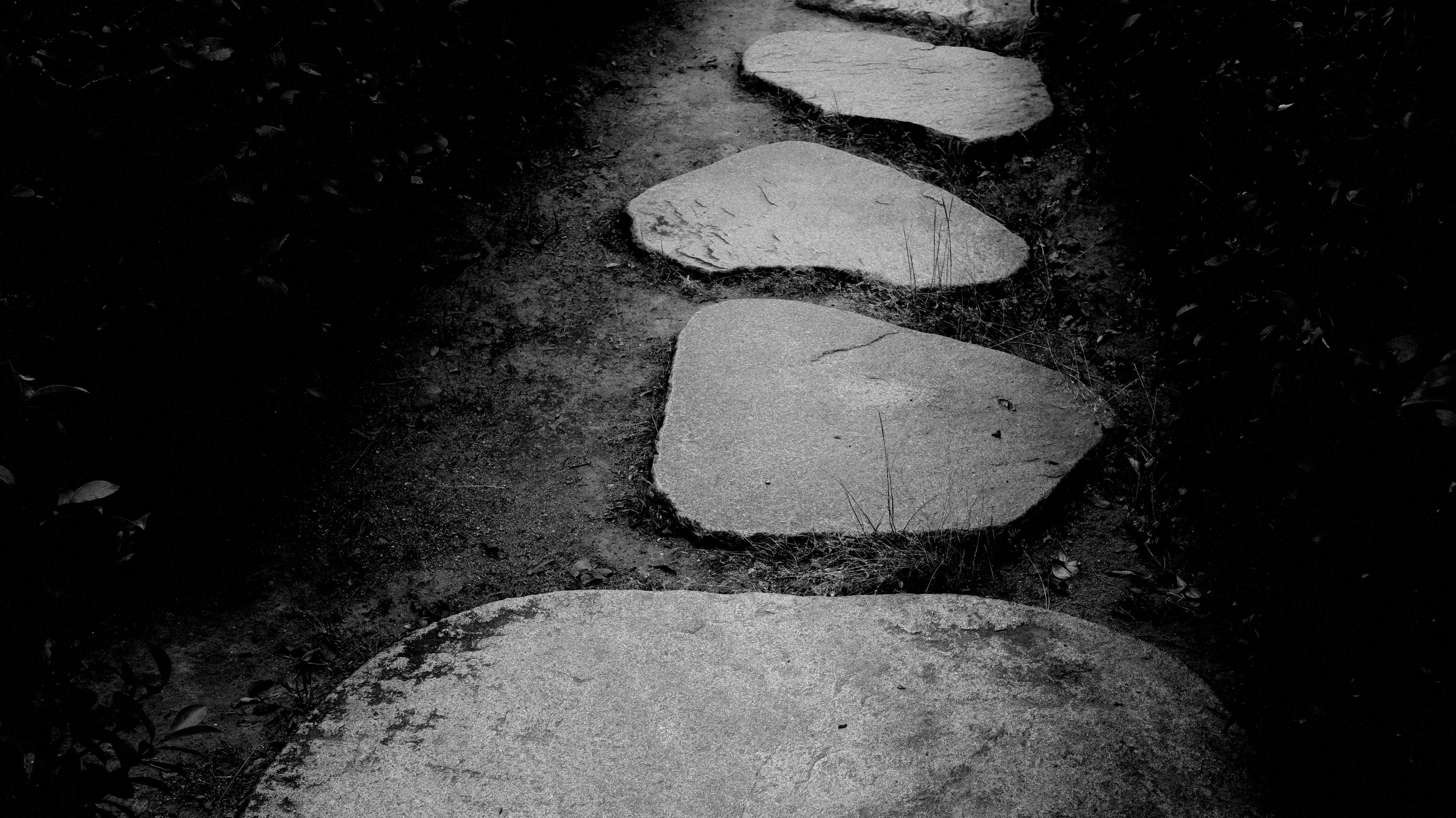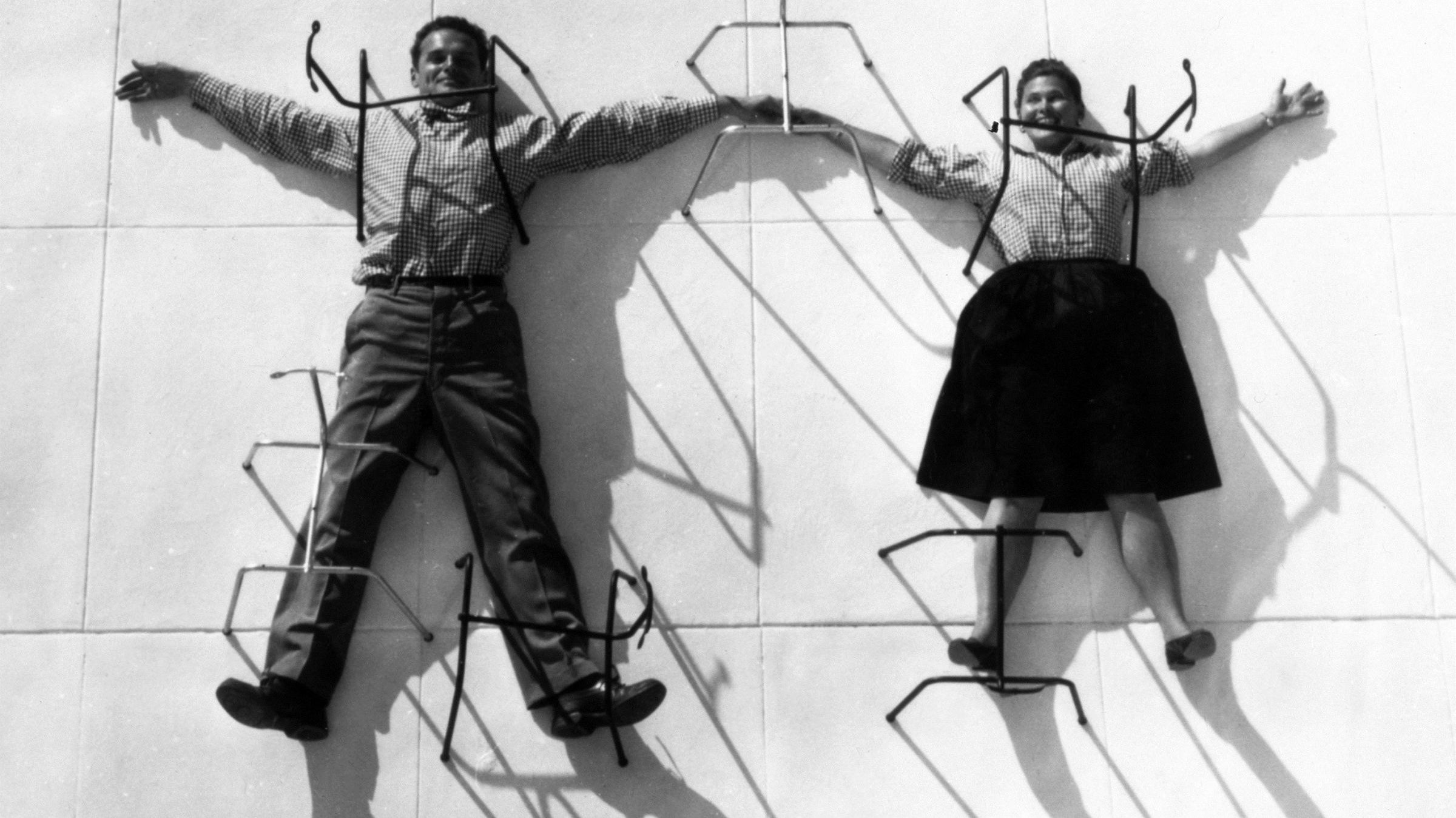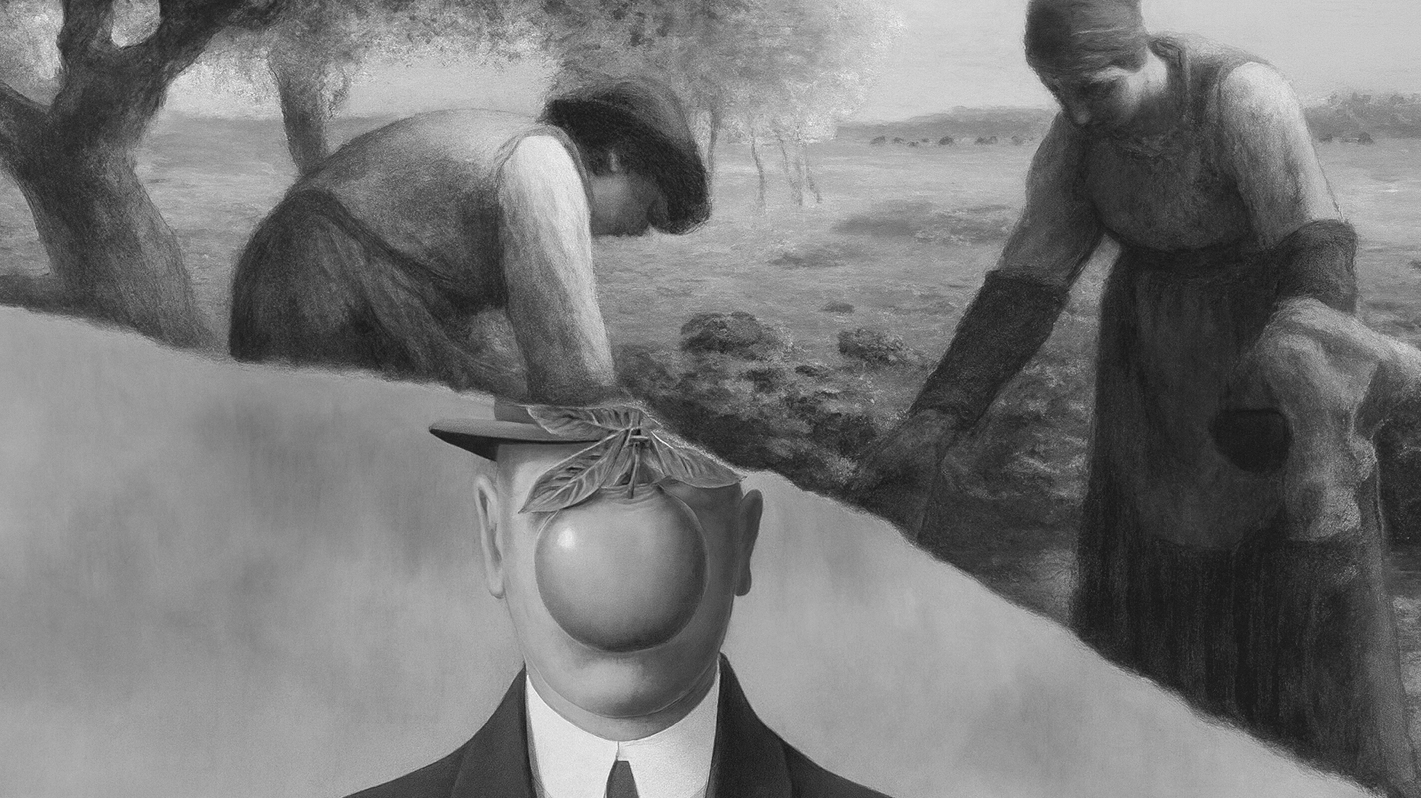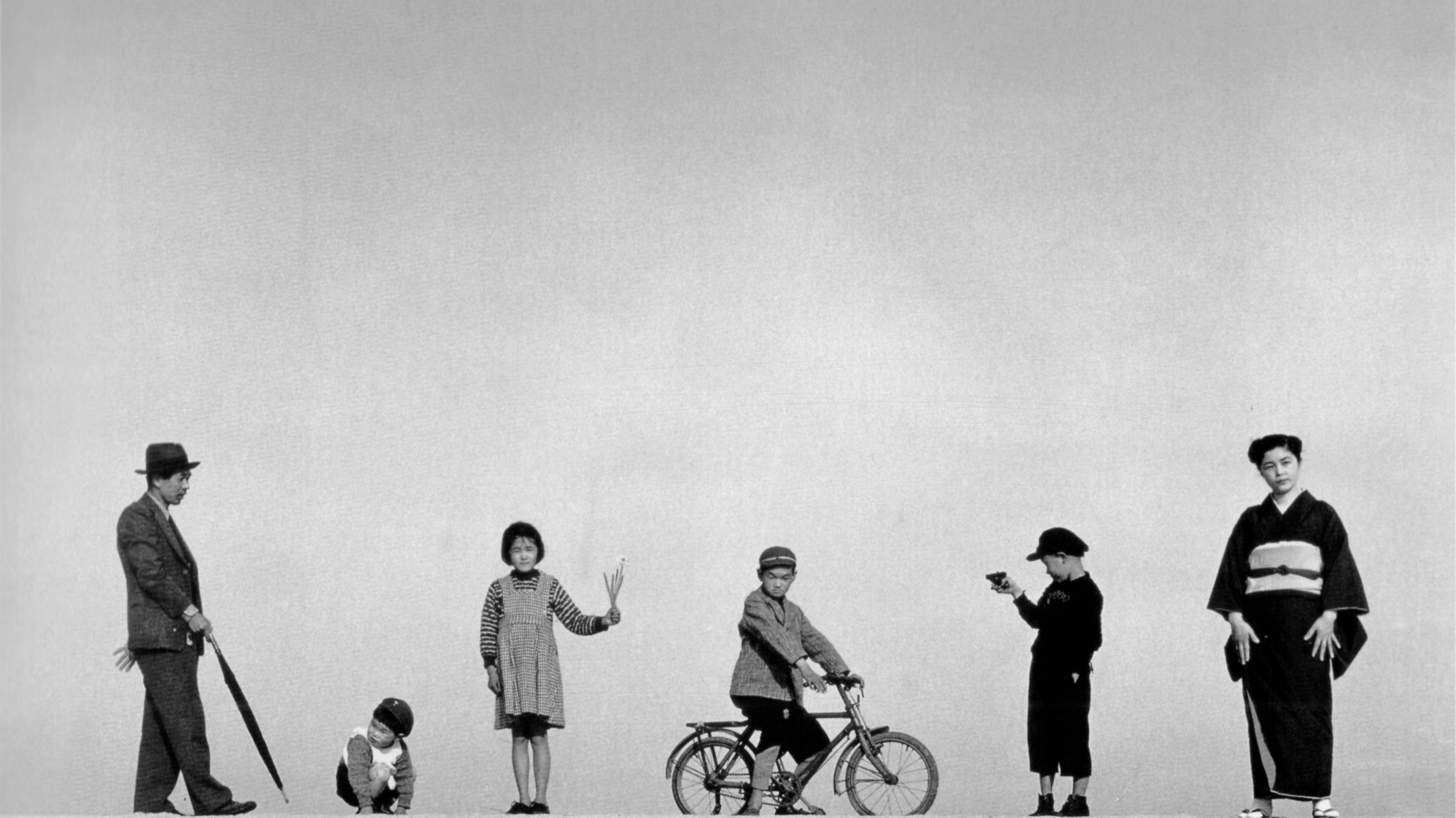Design has always been more than decoration.
It reflects how we live, what we value, and how we imagine the future.
Throughout the 20th century, a series of design movements transformed not only the objects and buildings around us but also our entire way of seeing. Each redefined what beauty and function could mean, shaping the aesthetics of modern life.
From Art Nouveau to Minimalism, this article explores how modern design evolved—and how its ideas continue to influence the way we create, live, and perceive the world today.
The Rise of Art Nouveau: Where Modern Design Began
Modern design didn’t begin with simplicity.
It began with ornament, with a desire to bring beauty back into everyday life.
At the turn of the 20th century, Art Nouveau, meaning “New Art” in French, emerged across Europe as a bridge between art and industry. It flourished from the 1890s to the early 1910s as a reaction against the rise of machines and mass production. Designers sought to restore individuality, emotion, and craftsmanship to a rapidly modernizing world. It was the first movement to make modern beauty accessible to everyone, not just for art’s sake but for living itself.

Photo by William Olivieri on Unsplash
The hallmark of Art Nouveau was the organic line, flowing, asymmetrical, and inspired by nature. Artists studied the curves of plants, the rhythm of vines, and the movement of water. Buildings seemed to bloom like flowers, ironwork twisted like stems, and glass and stone formed continuous surfaces alive with motion.
This new aesthetic appeared everywhere in furniture, posters, jewelry, textiles, and even the entrances of the Paris Metro. For the first time, art was not confined to galleries. It entered homes, cafés, and city streets, making beauty part of daily life.
In the work of Alphonse Mucha, the human figure merged with swirling organic patterns, turning simple advertisements into art. Hector Guimard’s architecture transformed metal into movement, while Antoni Gaudí’s creations in Barcelona turned structure into sculpture, as if nature itself had designed them.
The theorists of the movement encouraged unity, the idea that art and design should flow naturally from one object to another. They rejected the heavy ornament of the Victorian era and believed that good design could improve daily life.
Art Nouveau expressed the belief that beauty could elevate the human spirit and bring poetry into everyday life.
But the world was changing.
As industry advanced, designers began to ask a new question:
What if beauty could be built through function?
Form Follows Function: The Bauhaus Vision of Modern Life
The search for beauty through ornament gradually gave way to a new idea.
Founded in Germany in 1919 by architect Walter Gropius, the Bauhaus began with a simple belief that art, craft, and technology should work together. It was more than a school; it was a vision for how design could rebuild a broken world after the First World War.
Gropius created a hands-on curriculum that trained a new generation of designers and craftsmen to make objects that were not only useful but also beautiful, perfectly suited to a changing world.
In the Bauhaus workshops, painters, sculptors, and architects worked side by side with carpenters, metalworkers, and typographers. Every object, whether a chair or a building, was stripped of unnecessary ornament.
The guiding principle was simple: form follows function. Beauty was found not in decoration but in clarity, proportion, and purpose.
The school’s teachers were among the most influential artists of the century, including Paul Klee, Wassily Kandinsky, László Moholy-Nagy, and Josef Albers. Their experiments blurred the boundaries between art and design, transforming geometry and abstraction into a new visual language for the modern age. They taught students to see form, color, and space in a completely new way.
The school lasted only fourteen years, yet its legacy endures. The Bauhaus proved that design could be both rational and beautiful, a way of thinking that changed not only how things were made but also how people lived.
From Bauhaus to Art Deco: Two Visions of Modern Beauty
As the Bauhaus embraced simplicity and function, another vision of modernity emerged—one that found beauty in glamour, geometry, and luxury.
Born in the 1920s, Art Deco reflected a world eager to move forward after the devastation of war. It was optimistic, bold, and confident, capturing the spirit of progress and the renewed desire to celebrate modern life.
Inspired by the rhythm of the city and the motion of machines, designers turned to geometry, symmetry, and precision. The forms were sharp and streamlined, yet elegant. Art Deco combined craftsmanship with modern materials, bringing together the old world and the new.
From skyscrapers and movie theaters to jewelry and furniture, Art Deco transformed the visual world of the early twentieth century. The Chrysler Building in New York, with its shining spire and metallic curves, became one of its most iconic symbols.
In graphic design, bold typography and geometric patterns captured the rhythm of modern life. Posters and advertisements mirrored the energy of jazz, cinema, and the growing pace of the city.

A. M. Cassandre. Poster for the Paris newspaper L’Intransigeant. 1925
Art Deco embodied the glamour of the machine age. It was modern but never cold, combining the sparkle of ornament with the discipline of geometry. It reflected a moment in time when progress felt endless and design became a symbol of hope and prosperity.
By the late 1930s, however, the mood shifted. Economic depression and the threat of another war turned design toward simplicity and restraint. The glitter of Art Deco faded, giving way to a more human vision of modern life.
From Function to Warmth: The Human Vision of Mid-Century Modern Design
After the Second World War, people wanted to rebuild not only their cities but their homes.
They longed for spaces that felt modern, simple, and filled with hope.
Mid-Century Modern design, which has recently regained attention on social media, first emerged between the 1940s and the 1960s. It carried the ideals of modernism into everyday life, blending functionality with warmth and humanism.

An early advertisement for the Eames lounge chair and ottoman, embodying the Mid-Century Modern design style.
A new generation of designers embraced mass production with sensitivity and creativity. They experimented with new materials such as molded plywood, fiberglass, and steel, creating furniture that was both affordable and beautiful. The style favored bold, vibrant colors like mustard yellow and avocado green, often balanced with neutral tones.
The goal was not luxury but accessibility.
Good design should belong to everyone.
In the United States, Charles and Ray Eames became pioneers of this vision. Their designs were playful yet practical, merging art, science, and daily life. The Eames Lounge Chair and their molded plywood chairs remain timeless symbols of modern comfort.
In Europe, Arne Jacobsen, Alvar Aalto, and Eero Saarinen explored similar ideas. Their work combined organic curves with clean geometry, bringing a sense of nature and balance to modern living spaces.
Scandinavian design in particular embodied the belief that simplicity and warmth could coexist. Natural wood, soft light, and functional beauty created interiors that felt human rather than industrial.
Architecture followed the same path. Homes opened up with larger windows, open floor plans, and a closer connection to the outdoors. The boundary between inside and outside began to dissolve. The focus shifted from decoration to experience—how people lived, gathered, and connected.
Mid-Century Modern design captured the harmony of its time. It imagined a better world through simplicity, honesty, and innovation.
How Minimalism Redefined Beauty Through Simplicity
As the century moved forward, modern life grew faster and busier.
In that fullness, designers began to long for space, for calm, for meaning.
Born in the 1960s, Minimalism began as an artistic rebellion but soon became a way of thinking—a search for stillness, honesty, and the essential.
In art, figures such as Donald Judd and Agnes Martin stripped their work down to its simplest form, focusing on line, material, and space. Their pursuit of purity soon extended beyond the gallery, influencing how we built, furnished, and lived.
It asked a simple but profound question:
How much can we remove before nothing essential is lost?
Minimalism reflected a longing for stillness in a world that never stopped moving. Designers and architects sought beauty through reduction, balance, and space.
The guiding belief was that simplicity could be profound.
A well-considered object or a carefully shaped space could express more through absence than abundance.
In architecture, figures such as Tadao Ando, Mies van der Rohe, and John Pawson shaped environments of stillness and light. Smooth concrete, glass, and natural textures created spaces that invited contemplation. Every line, surface, and shadow was intentional.
In product design, the same spirit took hold. Brands like Muji and later Apple embraced the elegance of restraint, showing that simplicity could feel both timeless and intuitive.
Through Minimalism, design became quiet again—a language of space, light, and intention.
Today, its influence is everywhere: in architecture, furniture, and digital design.
Whenever we choose clarity over clutter, or pause to appreciate the beauty of a single form, we are, in some way, living with the spirit of Minimalism.
Read More Design Articles:
• Negative Space in Art, Design, and Photography: Definition, Meaning, and Examples
• Bauhaus Movement: How It Revolutionized Art and Design
• What is Art Deco? The Roaring Twenties Style Explained
• Mid-Century Modern Design Style: Key Characteristics and Famous Architects


